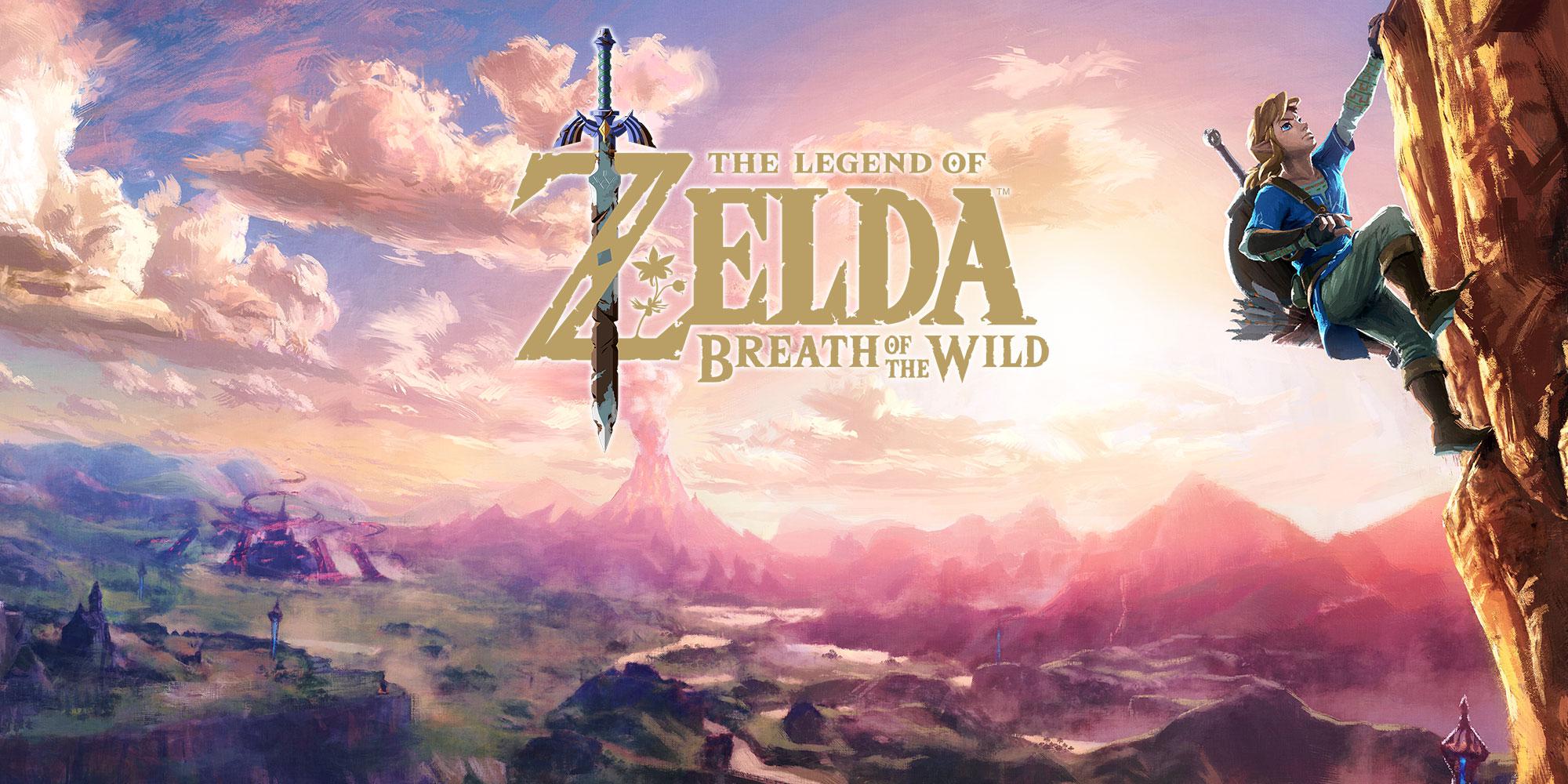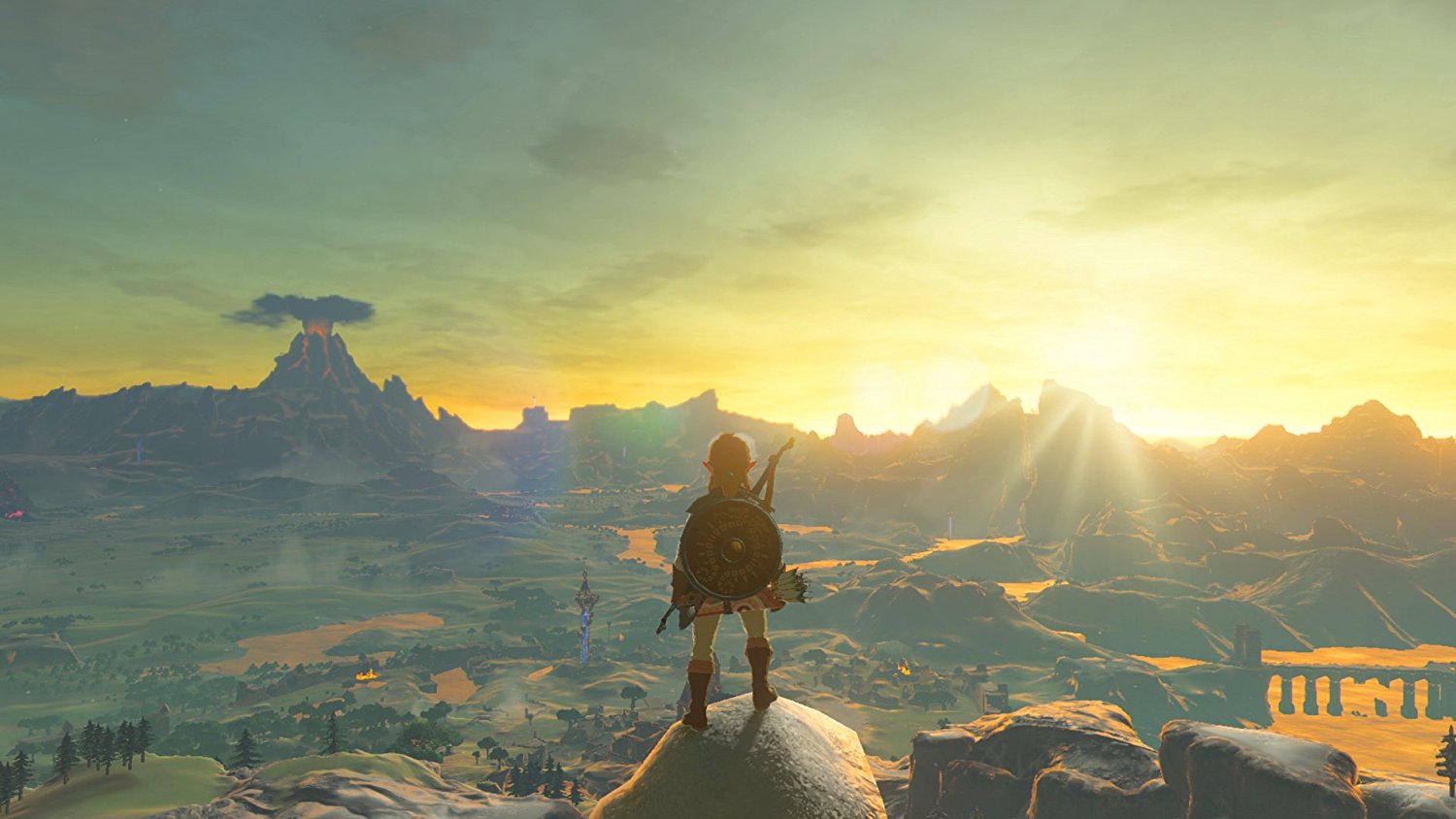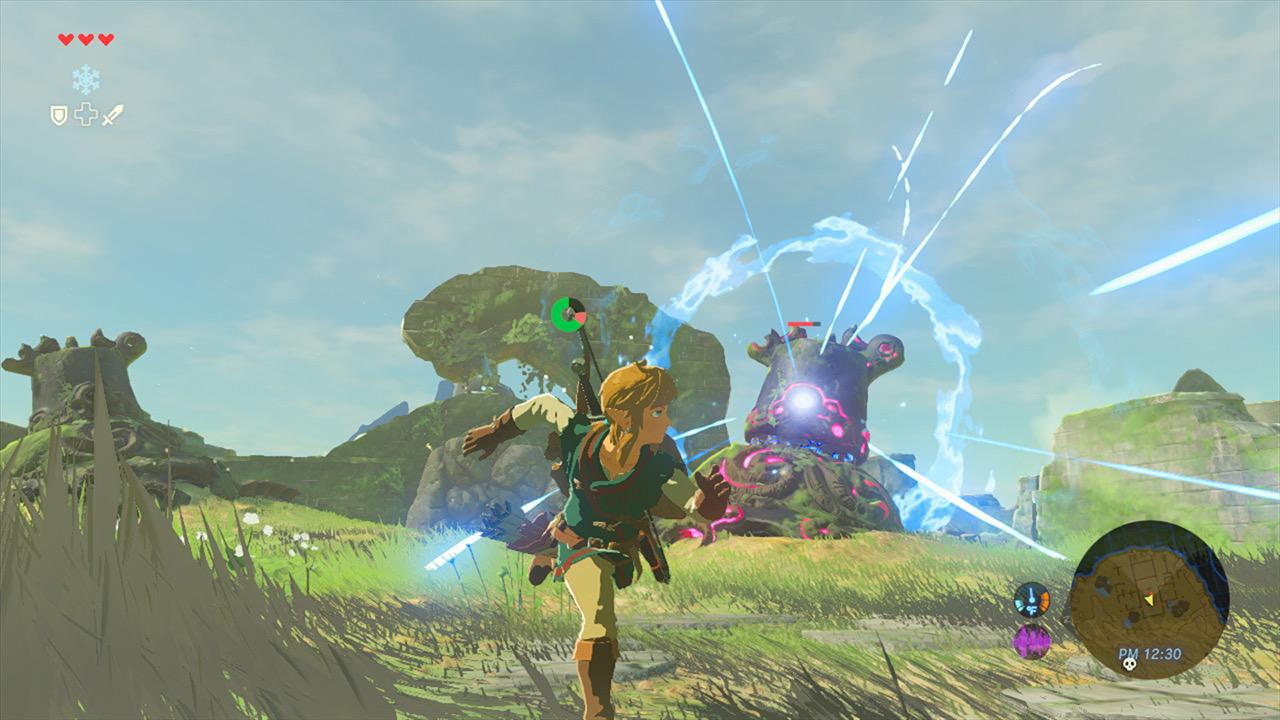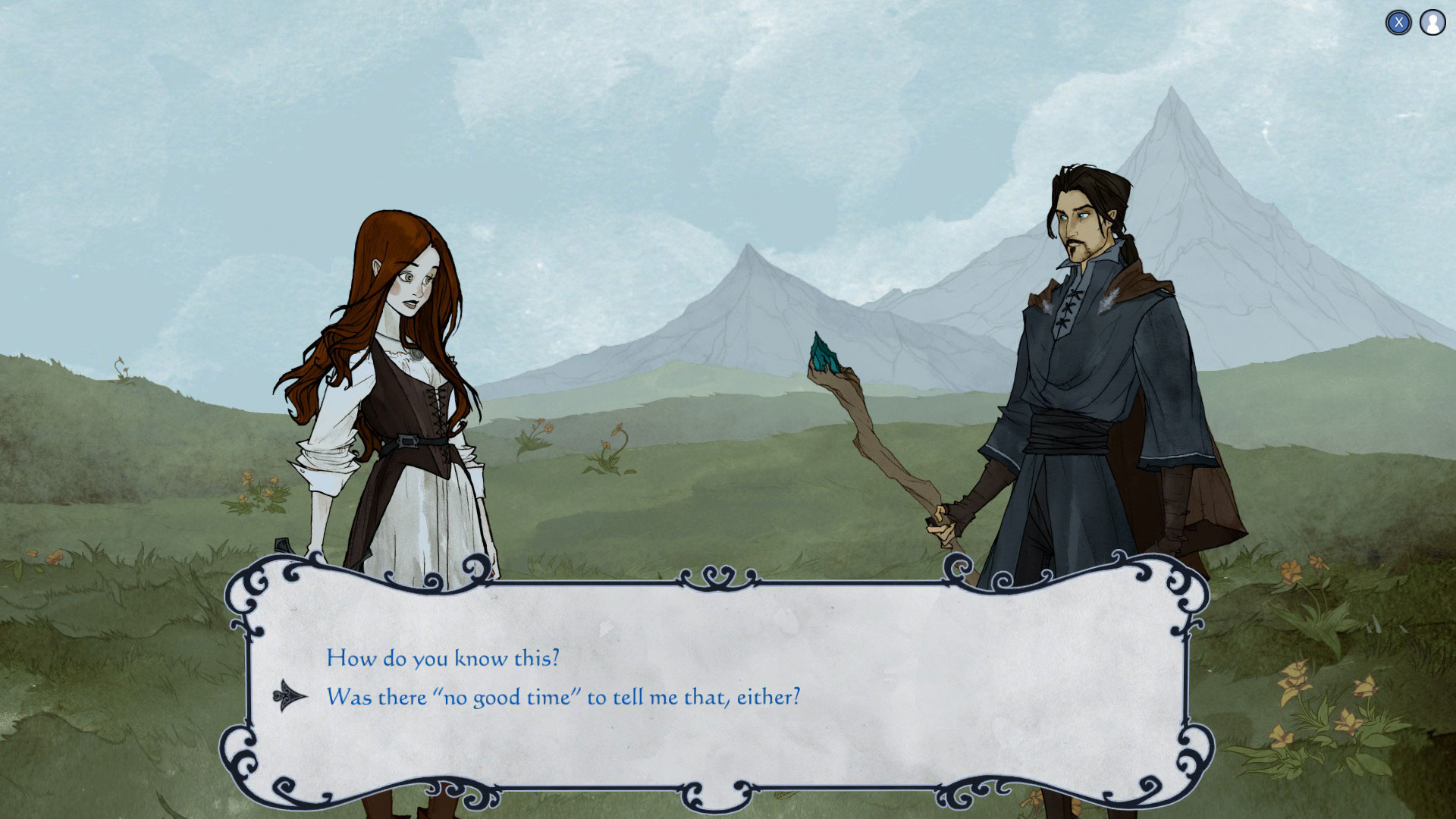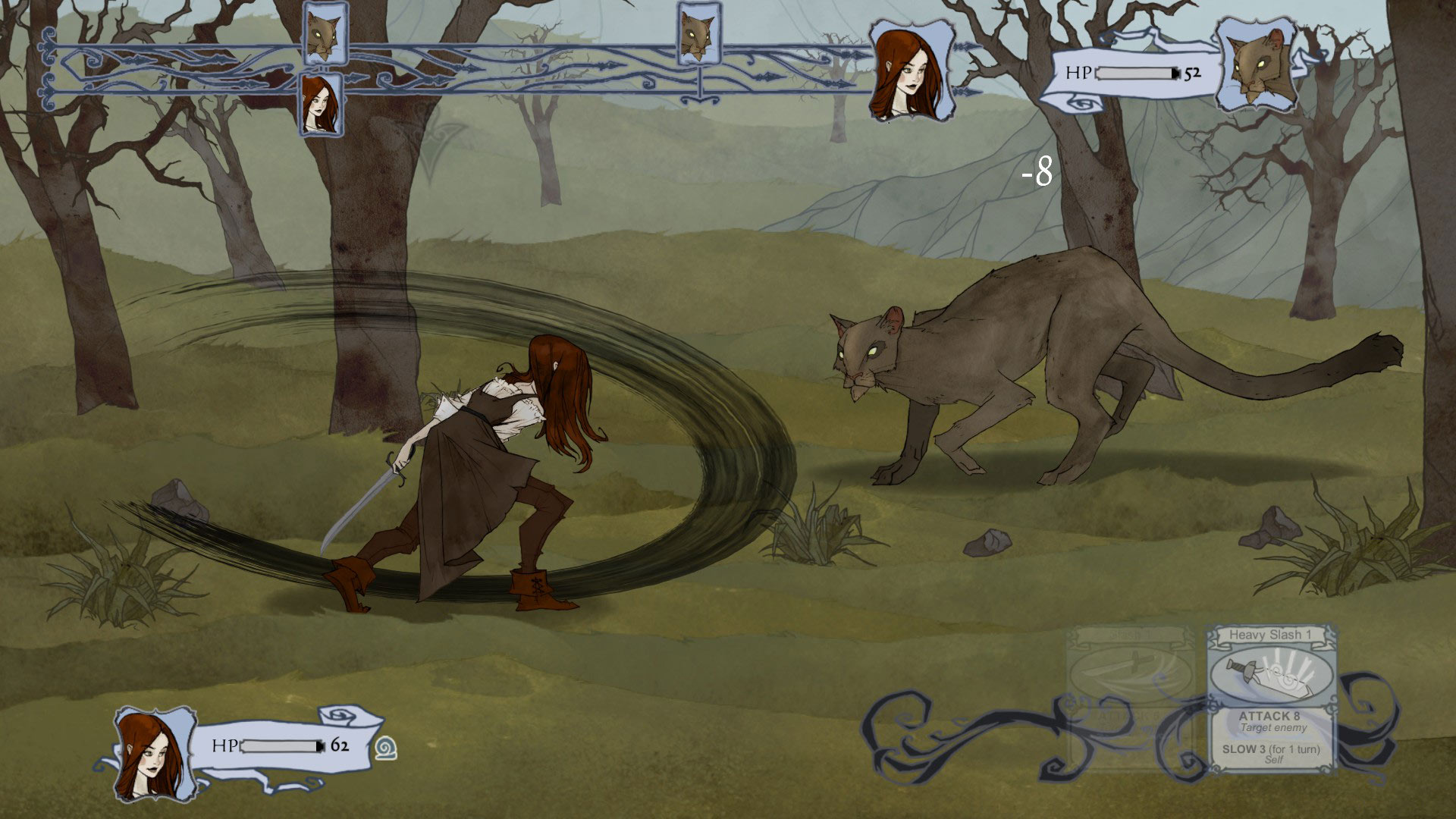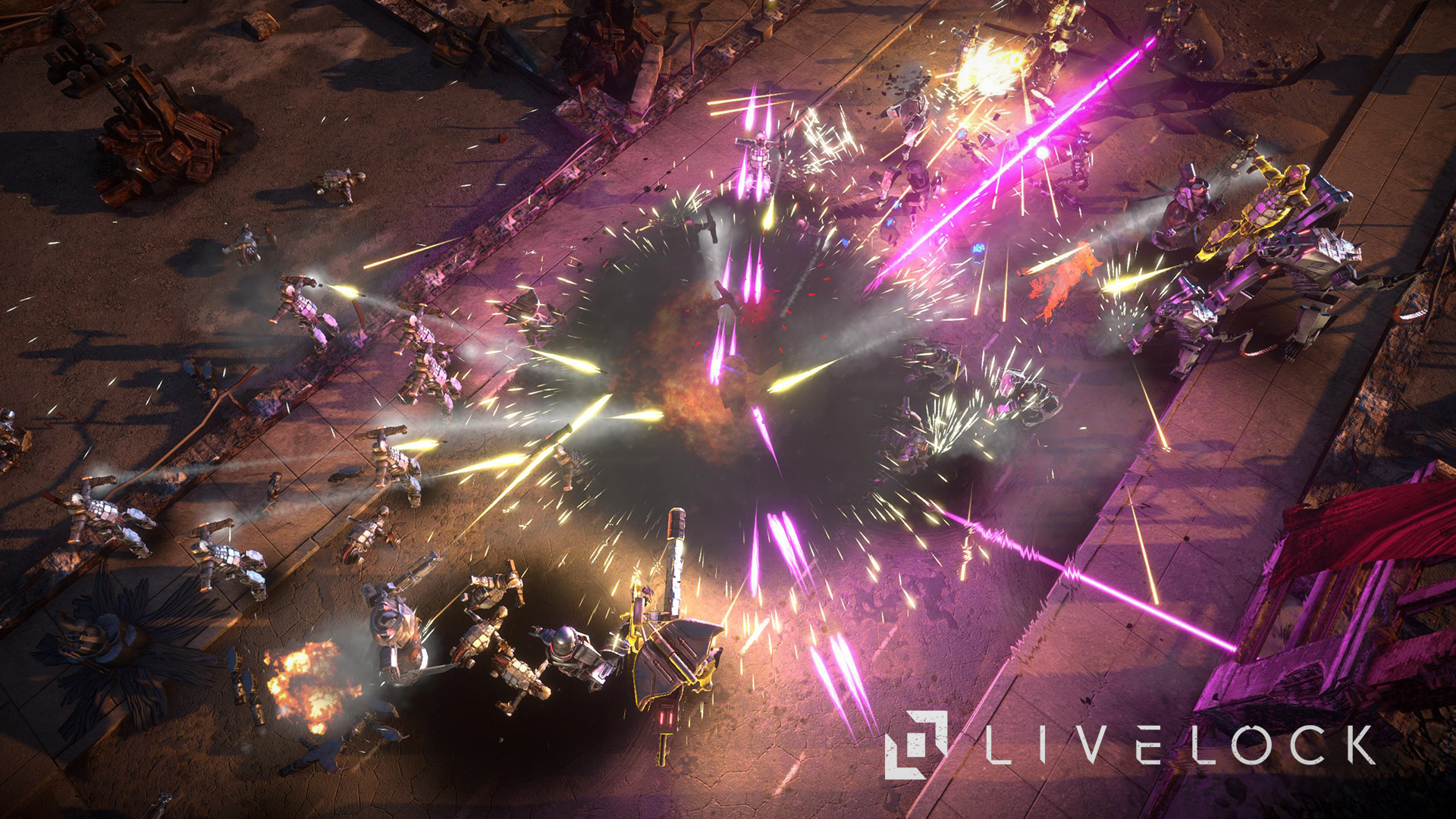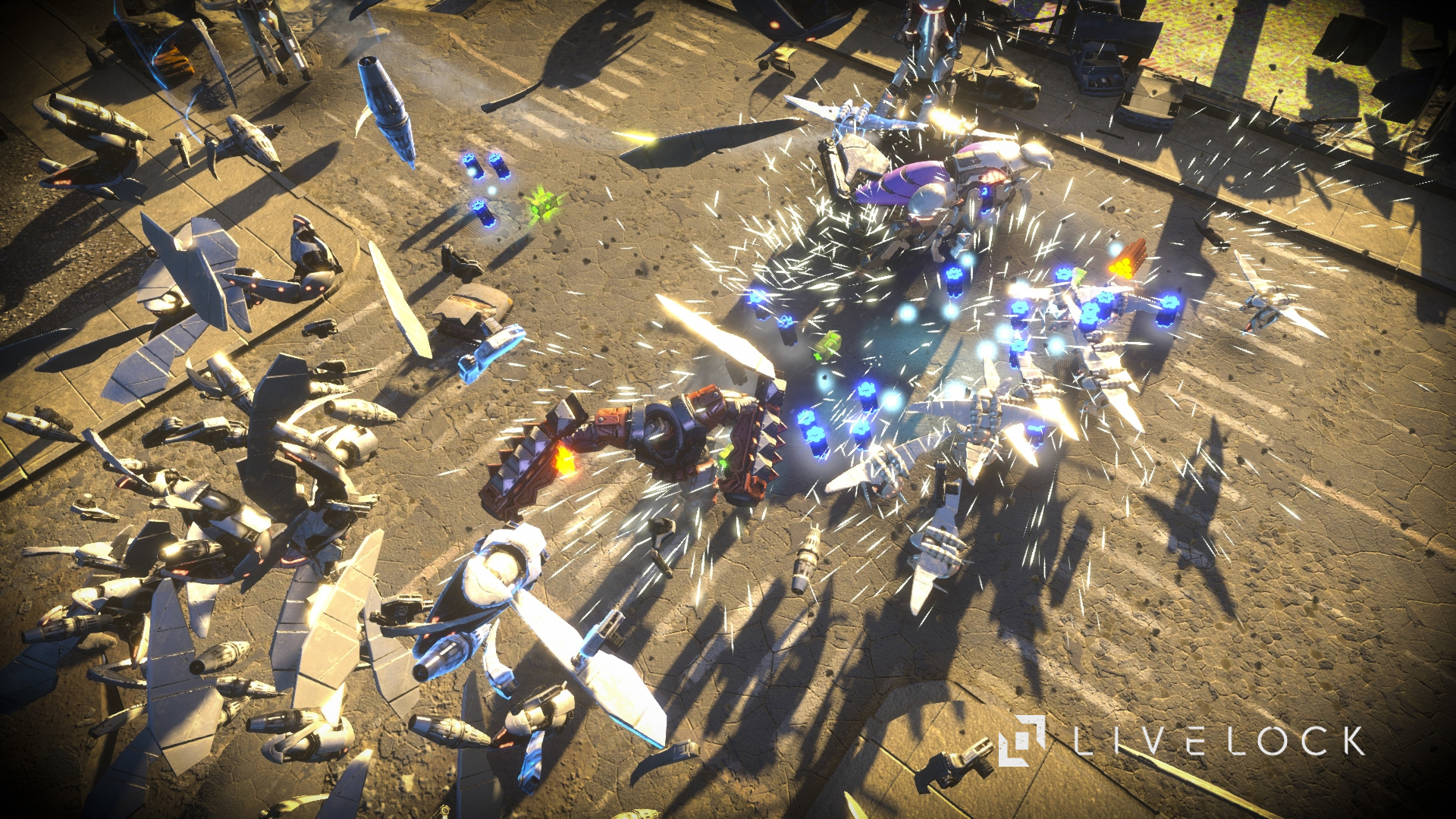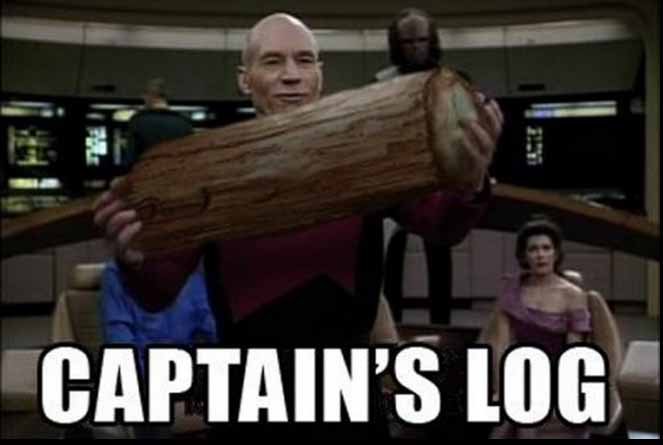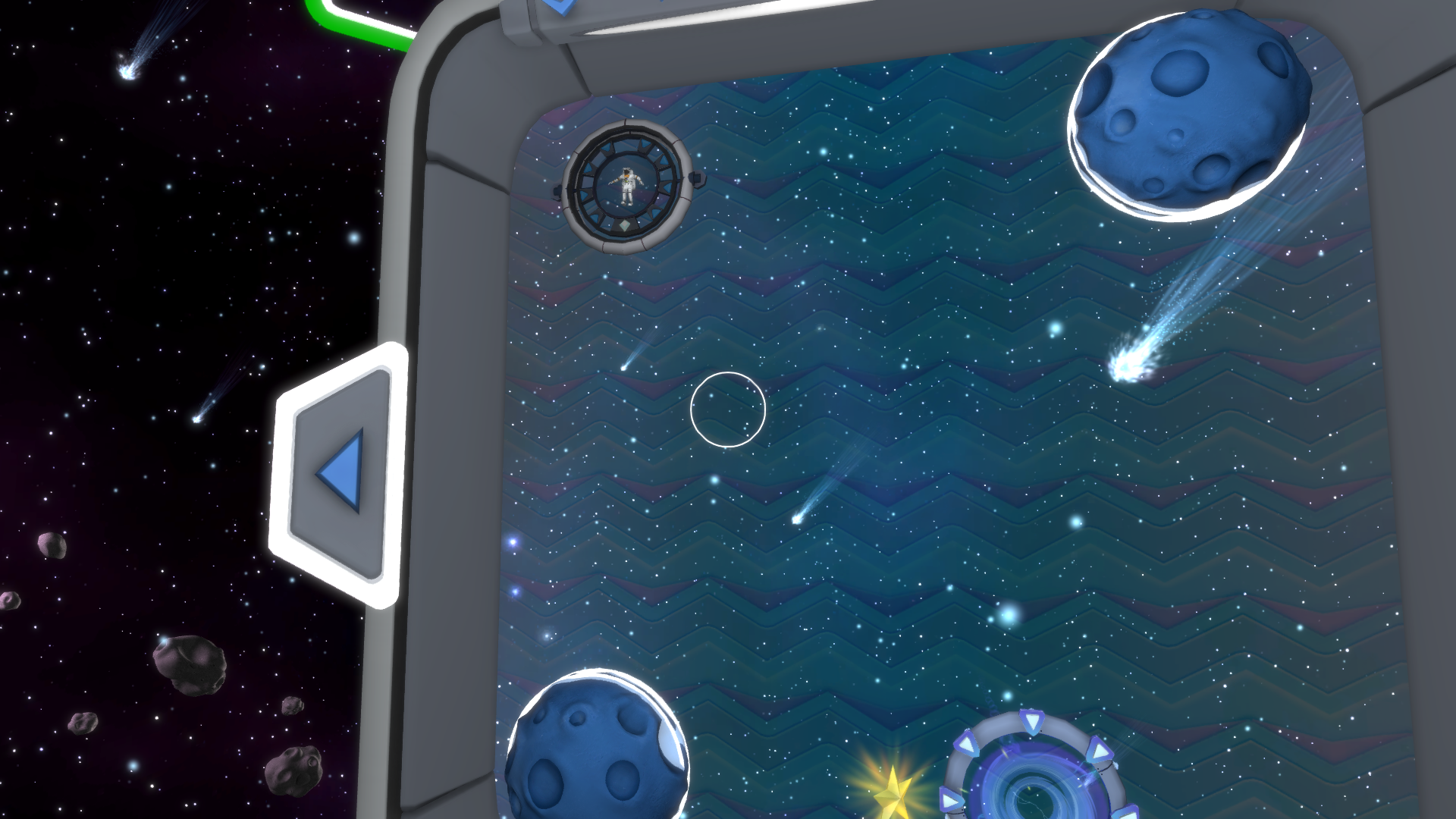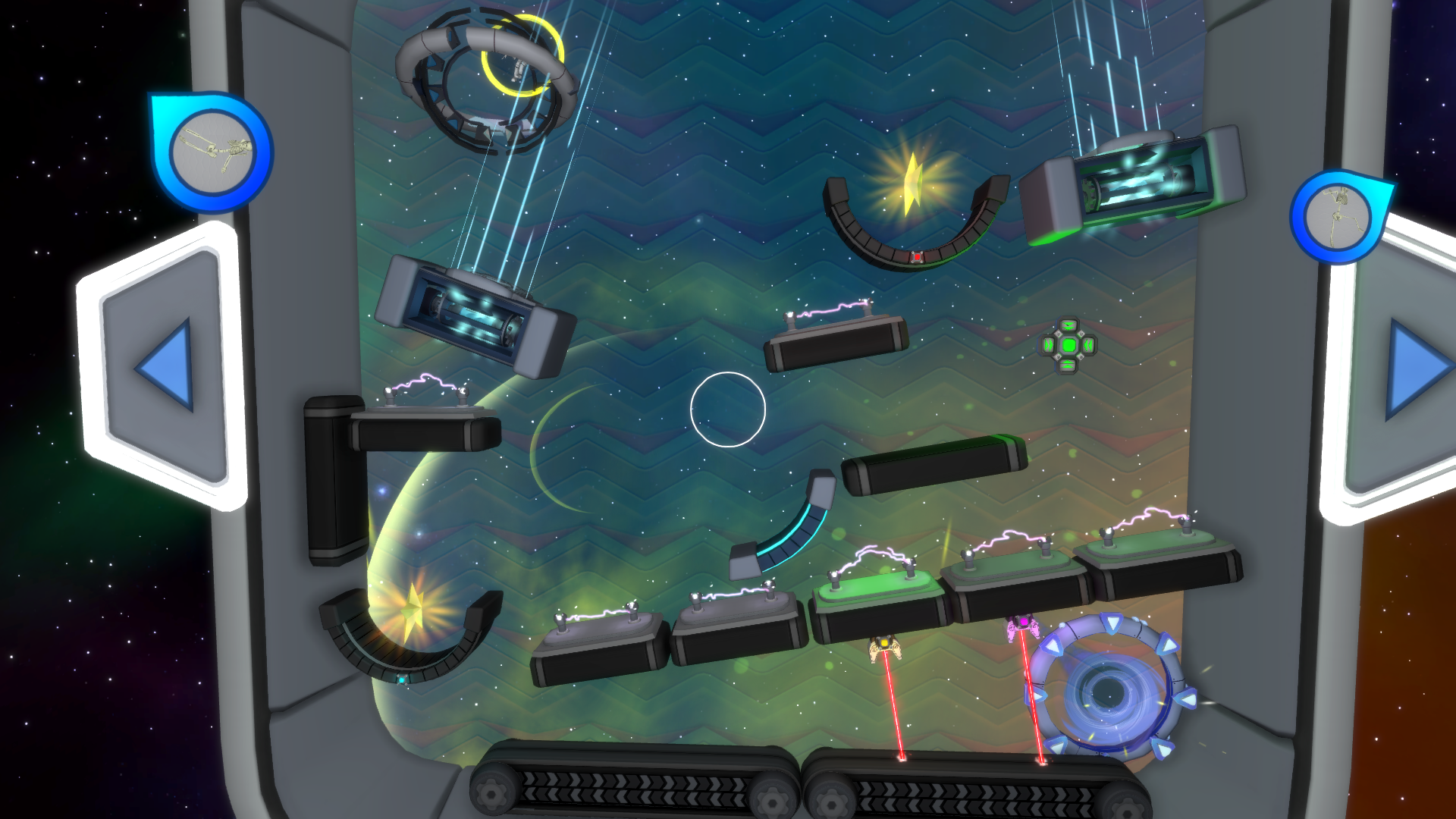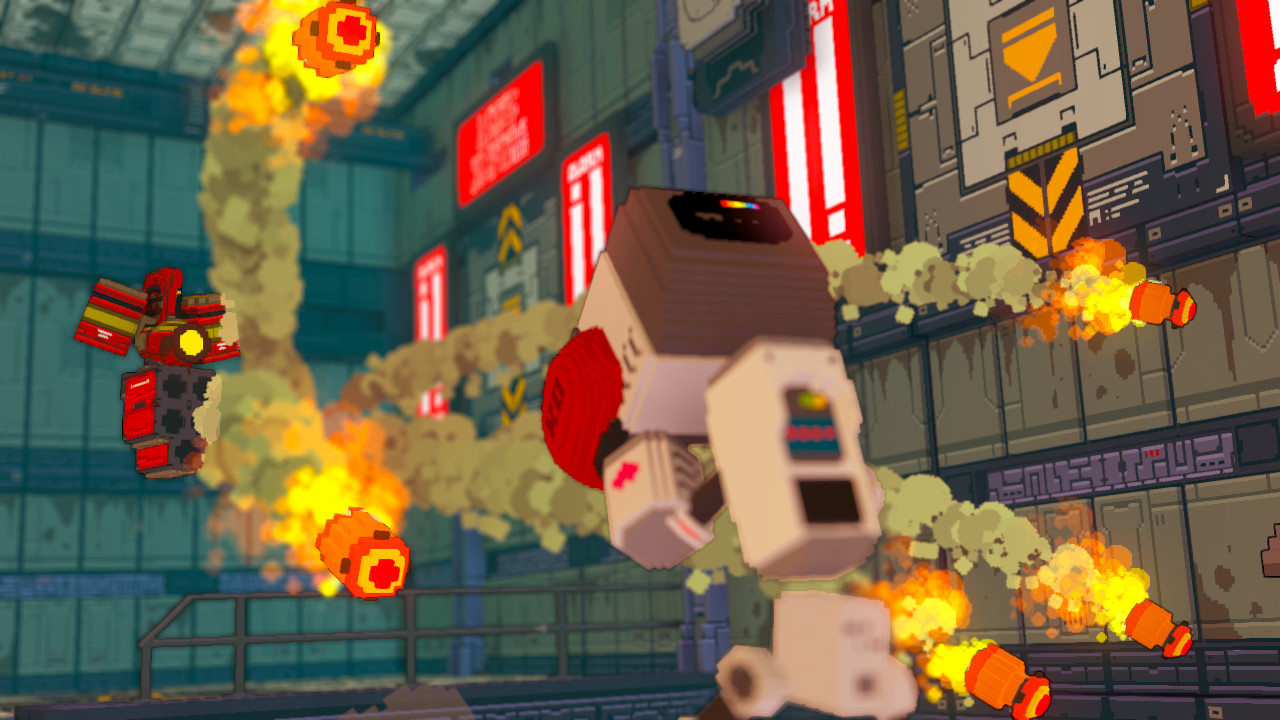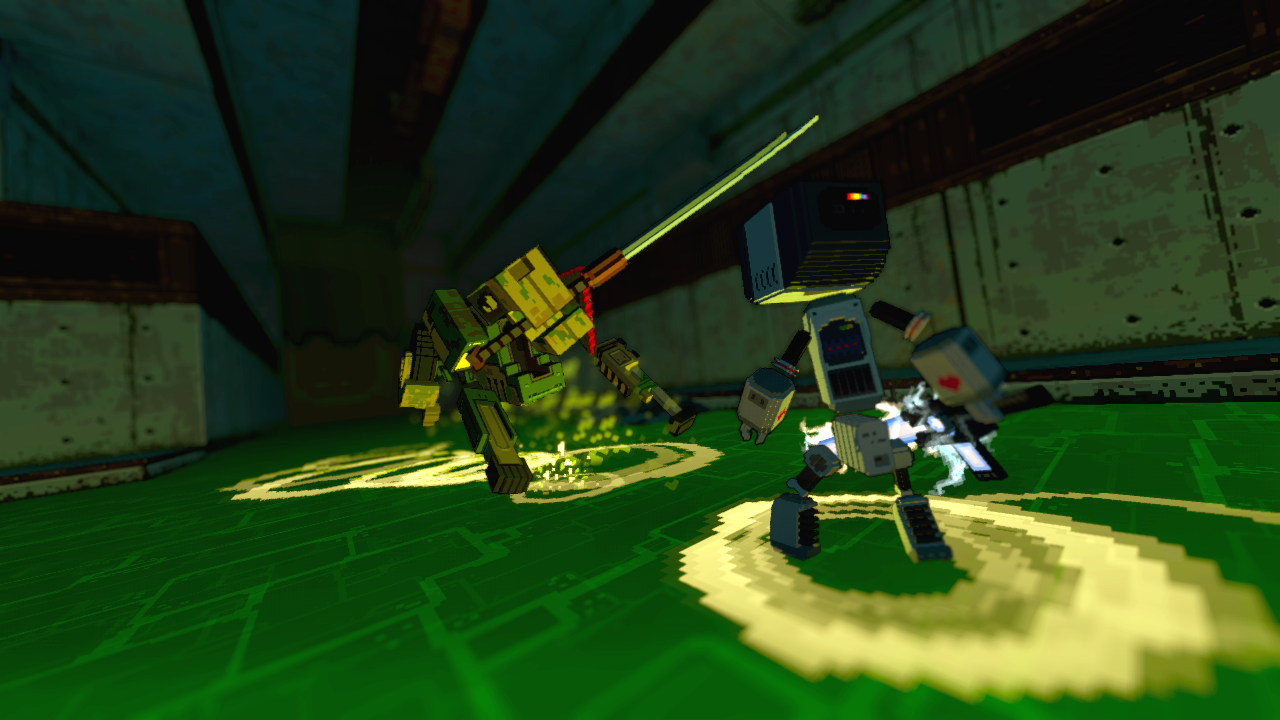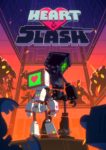Developer: Crescent Moon Games/Blowfish Studios | Publisher: Level 77 || Overall: 4.0
Gods come in all shapes and sizes. Humanity’s search for a higher power has led them through several representations of godly beings. Whether some be literal god beasts that are as fearsome as they are mighty, or a more humanized expression that wields similar power in the same feet, hands and body that we are familiar with, our search for the answers that the universe fails to provide us have come to the conclusion that some higher power exists somewhere and in some place. With this in mind I present to you Zoamelgustar. He is the Monster Lord of some unspecified dark dimension and some unspecified domain that only ask for zealous devotion and the occasional live sacrifice from his followers. In exchange, he offers you his divine protection from errant demon lords. Act now and he’ll even throw in a spiffy looking talisman!~
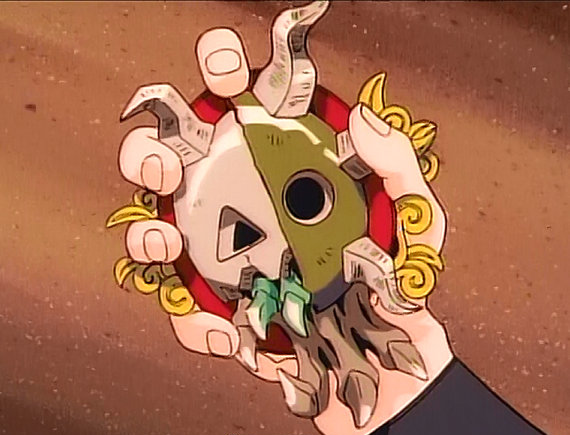
Karma comes around full circle in The Deer God. With nature as your enemy and with all the powers of a magical deer at your disposal, publisher Level 77 and developer Crescent Moon Games is set to bring the unlikely tale of a hunter turned deer from the PC to your PlayStation Vita. With a haunting backdrop and a procedurally generated level design, does this platformer have what it takes to survive in the harsh wilderness of the PS Vita’s dying market?
No… No, it does not.
Sorry to disperse all the mystery so early, but to be honest, I didn’t quite enjoy my time with The Deer God. While the game seems to be a tribute to nature, the Kickstarter inspired by childhood memories of playing in the woods, it works better as tribute to those memories than a video game. The Deer God is marred by a series of unfortunate gameplay elements and some glitches that make the game frustrating to play. It’s a shame that such earnest inspiration can be brought down by poor gameplay decisions and bad programming.
While enchanting at first, the procedurally generated levels quickly lose their charm once the patterns become noticeable. It is only a matter of time before scaling the same cliff, jumping over the same pitfalls and encountering the same landmarks becomes as monotonous as my use of the word “same” in this sentence. This sense of monotony is only further instilled by the predictable patterns of the artificial intelligence. Each enemy is programmed with a strict set of patterns. While they are sometimes fun to exploit, having forced a few to jump to their own deaths, they quickly become another part of the repetitious nature of the overall game, and sometimes even ruin the game’s climactic moments. By chance, I managed to trap a boss underneath a tree branch because their AI wasn’t programmed to handle it.
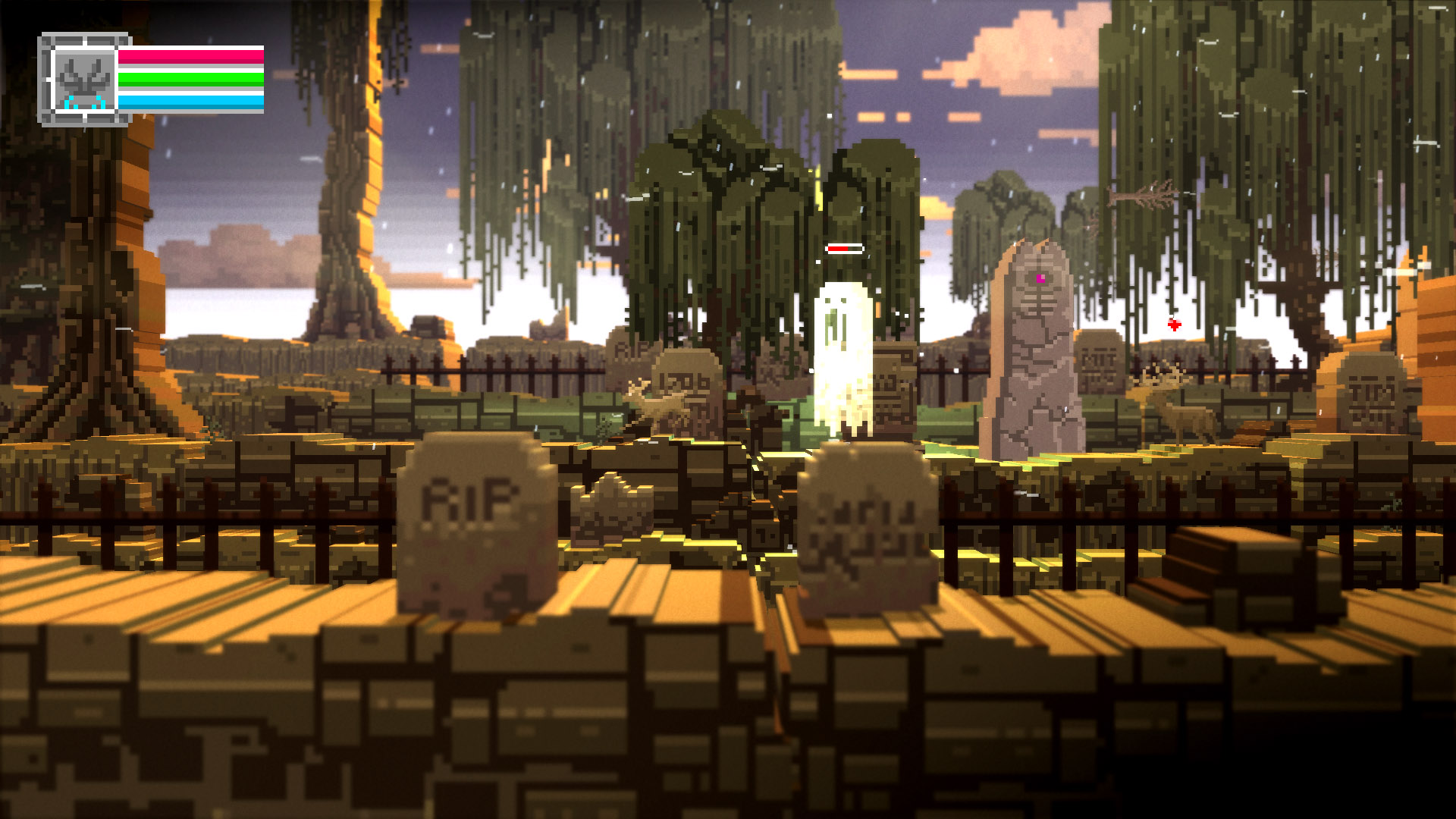
Unfortunately, the main quest line doesn’t do much to help offset the gameplay. While the story sets you off on a grand adventure to redeem yourself and reclaim your human body, the actual steps to doing so are pretty bland. Featuring a series of fetch quest, simple puzzles and even simpler bosses, it’s a saving grace that most of them can be done quickly; the few that take longer to complete are more of an annoyance because they require you to find a specific place among a repeating set of level designs. It’s hardly fun to run through the same environments looking for a particular spot you may have missed.
Furthermore, a few other design choices proved more of a detriment to the gameplay than a benefit. While the foreground and background designs helped make the world pop on your screen, several times the foreground would obstruct an important item, conceal a ledge or hide a dangerous enemy. I lost count of how many times I failed to find an item because it was behind a bush, and found even more frustration when a jump was made all the more difficult because the ledge was hidden behind a tree or an enemy jumped out of seemingly nowhere.
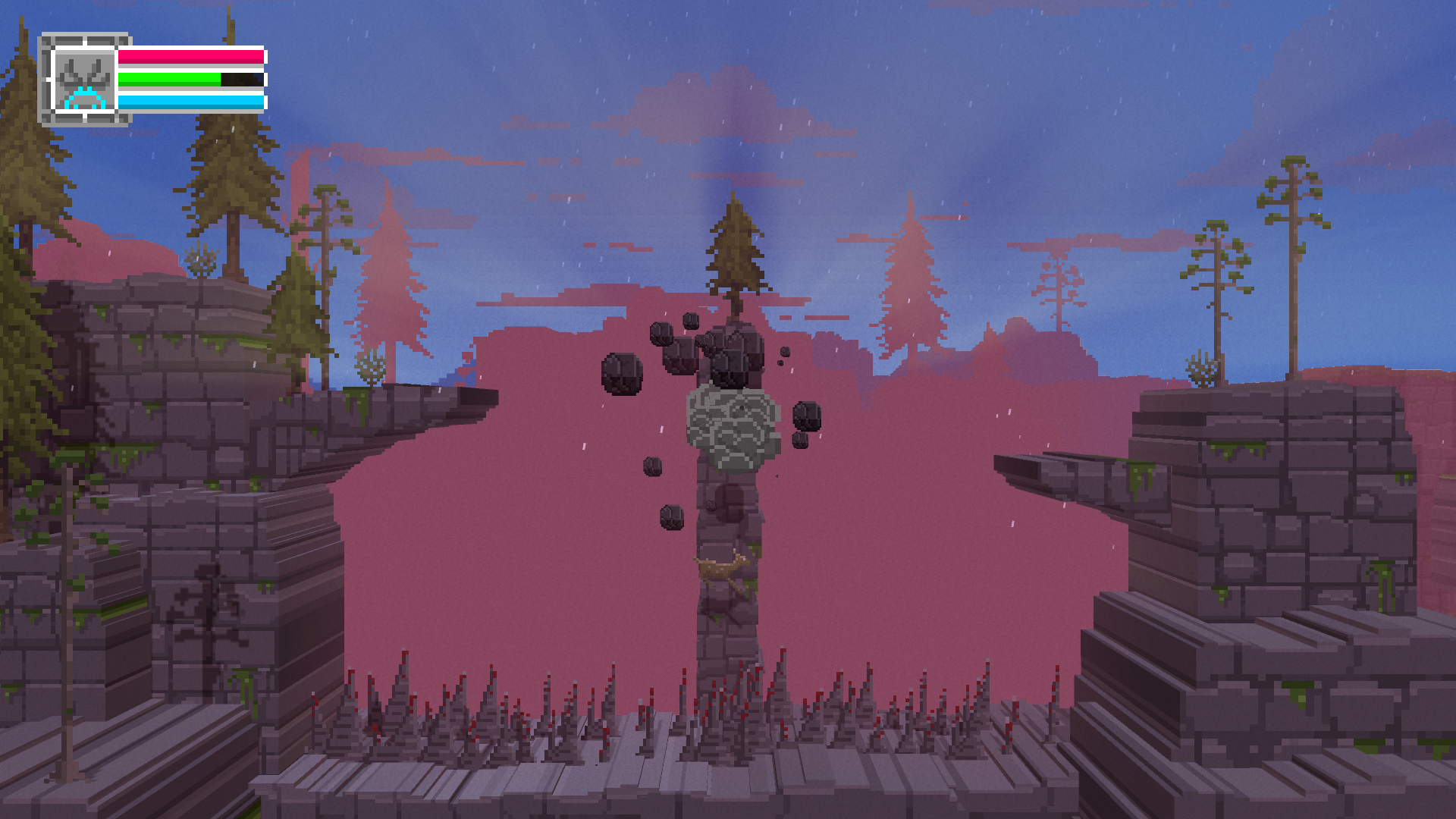
Even without considering the design choices, the game itself has its fair share of glitches. Among graphical bugs like the highly-apparent screen tearing and the occasional stutter, there were also moments that I would die in a pit only to spawn over it again to immediately succumb to the same fate. There were also moments when my character would inexplicably be teleported to a different spot on the screen without the use of the accompanying power. Though, chief among all of these offenders was a bug where food would be invisible in certain environments, which is an important resource to gather.
Part platformer and part survival game, The Deer God has a food meter that must be constantly refilled. If ignored for too long, it begins to slowly drain away at the player’s health until the sweet embrace of death forces the player to restart their life as a fawn. The problem here is that such an essential item is sometimes invisible on some terrain. Mainly in the desert and forest designs, I would find long stretches of land without any food. Death became a common occurrence only to later accidentally press down on the control pad and eat seemingly nothing on the screen. Trial and error later, I found out that the food was there but it was far beyond the capabilities of what my naked eye could perceive. While not exactly game breaking, it was hardly fun to constantly press down in the hopes of finding some invisible pixels.
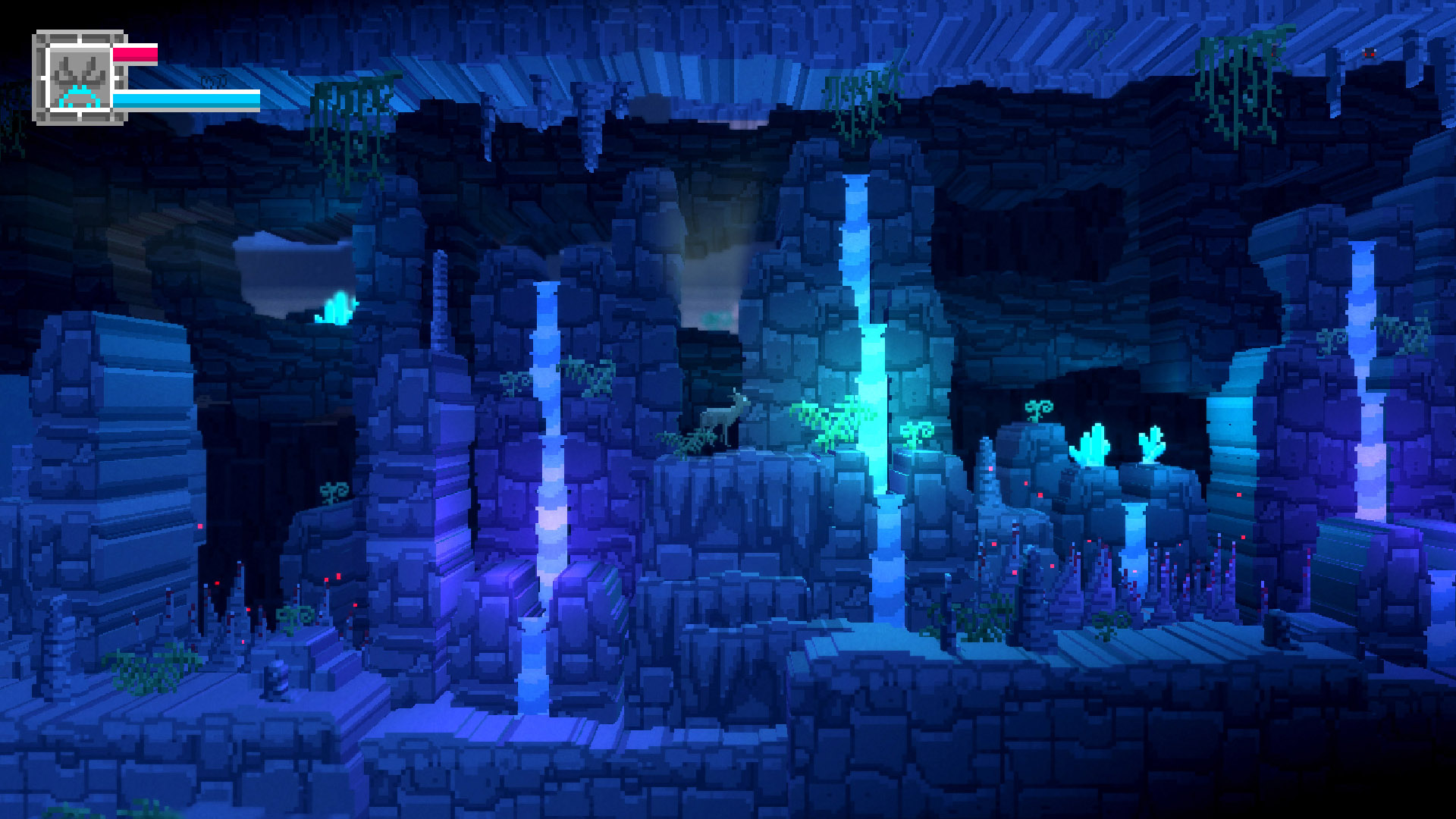
Among the things that The Deer God does well, the graphics do stand out. Beautiful pixelation brings the characters and environments to life, and the inclusion of various visual elements like good lighting, various weather effects, background and foreground environments give the graphics more presence than is thought possible on the Vita’s small screen. The soundtrack is also a pleasant experience. It is filled with hauntingly beautiful sound effects that wouldn’t be out of place in any forest. Though despite these achievements, they do little to detract from the rest of the game’s monotonous and glitched-filled experience.
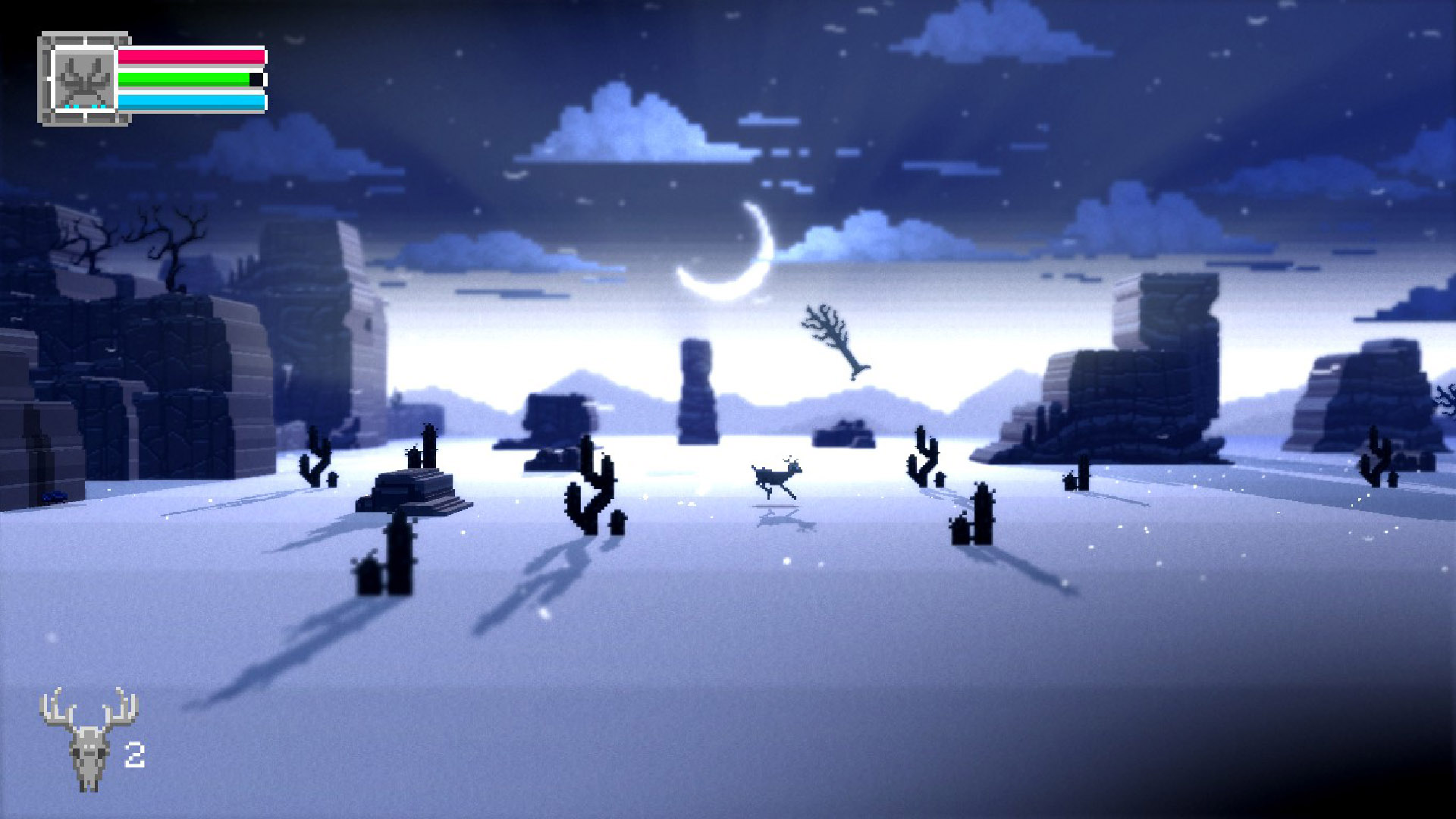
The Deer God is hard to recommend. If beautiful graphics and a well-done soundtrack are enough to distract you from monotonous gameplay, the game might be worth a look. Though, if you are looking for something with more substance, chances are The Deer God will disappoint. It’s unfortunate that bad gameplay decisions and glitches never allowed this clumsy fawn to mature into a majestic stag.
When making up for past misdeeds as Unnamedhero, Eduardo Luquin can be reached at Unnamedheromk13@gmail.com.















































